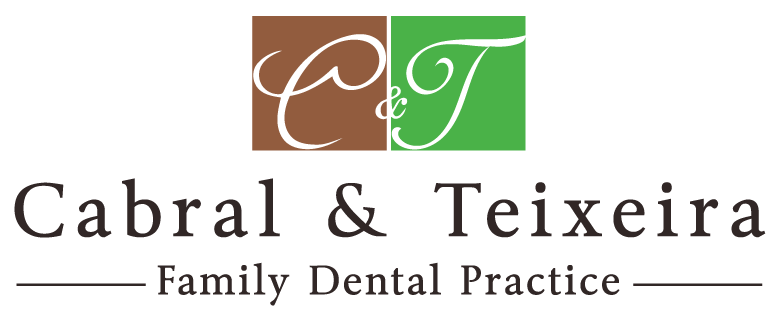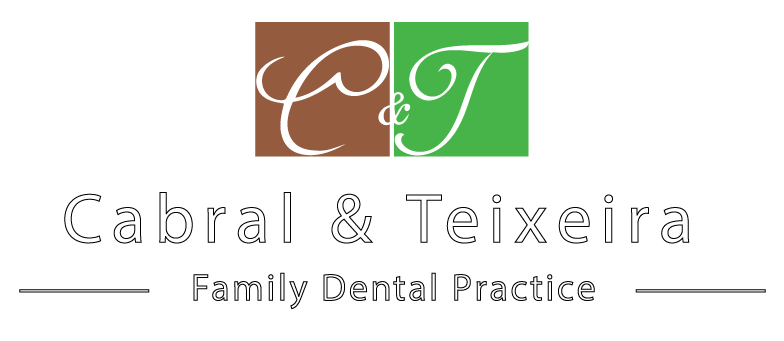
The Science Behind Teeth Whitening: How Does It Really Work?
Are you bored with hiding your smile in pictures? Though you’re not sure how to get it, you desire your teeth to be whiter and more brilliant. Many solutions on the market promise to brilliantly whiten your teeth without any work, but how precisely do they function? We shall discuss the scientific ideas behind teeth whitening in this blog post and provide you with all the knowledge you need to choose which technique best suits you.
Describe tooth whitening.
Regarding teeth whitening, there are many false ideas and misunderstandings around it. First of all, two basic forms of tooth whitening are non-bleaching and bleaching. Whereas non-bleaching treatments rely on a physical or mechanical action to remove stains, bleaching products break down stains using chemicals. One most often used kind of bleaching agents is hydrogen peroxide. Applied to teeth, hydrogen peroxide breaks down into water and oxygen. Then the oxygen breaks up stain molecules as it passes through the enamel and dentin.
Various Methods of Teeth Whitening
People can whiten their teeth in a few somewhat various ways. The most used techniques are laser treatments, polishing, and bleaching.
The most often-used approach to tooth whitening is bleaching. Usually hydrogen peroxide, this procedure removes stains and discoloration from the teeth using a bleaching chemical. The teeth are treated with the bleaching agent, kept on for some period, then rinsed off.
Another usual technique of teeth whitening is polishing. This procedure cleans surface stains on the teeth by means of a gritty paste or powder. One can polish at home using over-the-counter materials or at a dentist’s practice.
The most costly approach for tooth whitening is laser treatment. In order to eliminate discolored molecules in the tooth enamel more readily, a laser destroys them. Usually, laser treatments take place in the office of a dentist.
How then does teeth whitening work?
Two basic varieties of teeth whitening are non-bleaching and bleaching. While non-bleaching treatments depend on physical or mechanical ways to remove surface stains, bleaching is the use of a chemical agent to remove stains from the teeth.
Among the most often used bleaching chemicals is hydrogen peroxide. This chemical splits into water and oxygen when it comes into touch with the enamel of teeth. The oxygen then interacts with the staining molecules in the enamel to break them down and eliminate them from the tooth surfaces.
Whitening strips, gels, and toothpaste are just a few of the various ways to treat teeth with hydrogen peroxide. These items vary in their hydrogen peroxide content; larger concentrations will yield quicker and more striking effects. They can, however, also raise your chance of adverse effects including gum irritation and dental sensitivity.
For teeth whitening, polishing, and abrasive cleaning are non-bleaching techniques. These procedures physically remove surface stains from teeth without altering their color. For most people, they are usually regarded as harmless; yet, their efficacy in obtaining white teeth may be less than that of bleaching.
Final Thought
One increasingly popular cosmetic surgery with fantastic outcomes is teeth whitening. In a short period of time, your smile can become up to several shades brighter with the correct technique. Even though certain treatments could be more successful, before choosing which one is ideal for you.


